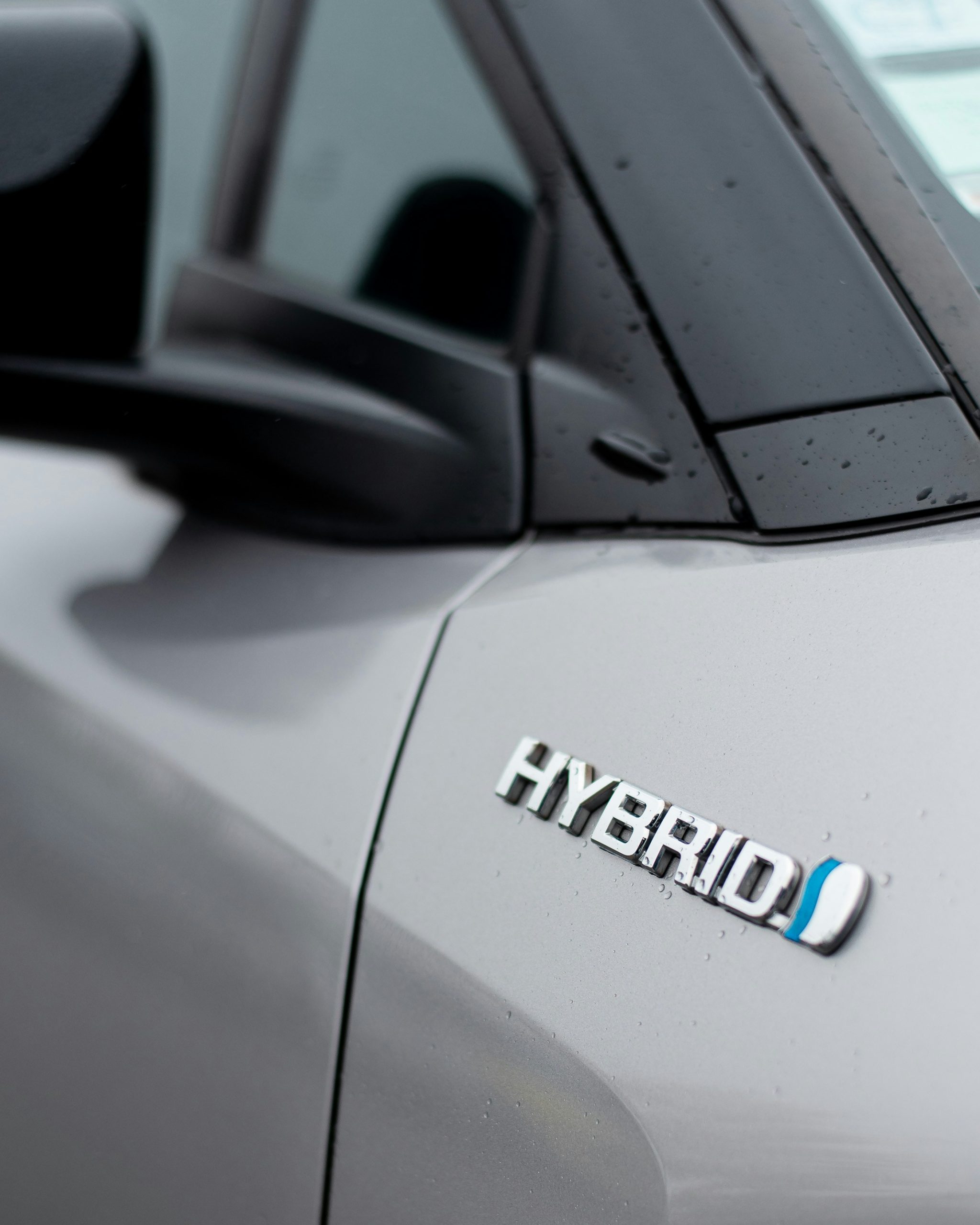Frequently Asked Questions About Diesel Particulate Filters
What is a diesel particulate filter (DPF)?
The answer to this question is in the name. First of all, a diesel particulate filter (DPF) is, as the name suggests, a filter. Secondly, diesel particulate is just a fancy name for soot. The black smoke emitted by diesel engines. Therefore, a DPF filters soot from exhaust gases. Or in other words, it’s a soot filter!
Diesel soot is harmful to humans, as it settles in the lungs and can cause damage over time. So removing this soot from the environment makes an important contribution to human health, especially in urban environments.
How does a DPF work?
The DPF is made up of a ceramic or metal honeycomb structure with tiny channels that are coated with a special material that can trap the soot particles. As the exhaust gases pass through the filter, the soot particles become trapped in the channels. Over time, the soot builds up and the filter becomes clogged, reducing the efficiency of the engine.
To prevent this, the DPF needs to be periodically cleaned through a process called regeneration. It is a very common misconception that regeneration involves blowing the soot out of the filter through the tail pipe. But this is completely incorrect. Regeneration is the process of using heat to convert the trapped soot to ash. The ash is retained in the filter. But because the ash is only around one to two percent of the volume of the soot, this frees up space in the filter and prevents clogging.
Regeneration can happen in two ways: passive regeneration or active regeneration.
Passive regeneration happens naturally when the exhaust temperature is high enough (usually above 600°C) to burn off the soot particles. This typically occurs during long drives at highway speeds. However, if the vehicle is used mainly for short trips or in stop-and-go traffic, passive regeneration may not occur frequently enough to keep the DPF clean.
In this case, active regeneration is required. This is a process where the engine management system injects extra fuel into the engine during the exhaust stroke to increase the temperature of the exhaust gases and burn off the trapped soot. The process can take a few minutes and may be accompanied by a noticeable increase in engine noise or a slight smell of burning.
How long does a DPF last?
We’d expect a DPF on a well-maintained diesel engine to last around 250,000km before it becomes too clogged with accumulated ash and affects the engine efficiency. After this, the DPF, like every other filter on your car that becomes clogged, will need to be replaced.
There are many factors that can impact DPF life. Here are the main ones:
High ash engine oils:
All engines, diesel or otherwise, burn a small amount of engine oil during normal operation. If this engine oil has a high ash content, the ash will be trapped in the DPF. As we discussed above, the ash cannot be regenerated so the filter will quickly fill with ash and become clogged. If this happens, the only remedy is to replace the filter.
This is why it’s important to only use high-quality low ash engine oils on DPF equipped vehicles. Using cheaper high ash oils will quicky clog the filter and leave you with an expensive repair bill.
Excessive engine wear:
Excessive engine wear, say from the turbocharger or pistons, will produce small metallic particles that are expelled through the exhaust system. On DPF equipped vehicles, these particles will become trapped in the filter and like ash, they cannot be regenerated.
Excessive soot production
If an engine fault causes excessive soot production, then this soot will be captured in the DPF. Under normal operating conditions, the soot will be regenerated into ash which will remain trapped in the DPF. If the underlying fault is not rectified, accelerated ash build-up will shorten the life of the filter.
Not enough regeneration
There are two main causes for insufficient regeneration: Either driving conditions are not suitable or an engine fault is restricting regeneration.
As we outlined above, DPF regeneration is facilitated by heat, either passively through normal engine operation or actively by adding fuel to the exhaust system. Frequent stop/start driving will not provide the right conditions for either passive or active regeneration to take place. The filter will continue to fill with soot until a pre-defined limit is reached and will then usually show a warning light to the driver. Usually this is a DPF warning light but can be an engine light on some cars. If this happens, a highway drive at speeds above about 80km/h for 20-30 minutes will normally be enough to clear the DPF, providing there is no other underlying fault.
Some car makers will limit or switch off active regeneration under certain conditions. These can include things like insufficient fuel, low or high operating temperatures or the presence of certain engine faults. If these conditions are present for an extended period, active regeneration will not be available and may lead to a blocked DPF.
Excessive soot production
There are a number of engine faults that can lead to excessive soot production. These include faulty injectors, blocked or leaking induction systems, turbocharger faults and exhaust gas recirculation faults or failures. If one of these faults is severe enough, the engine can produce more soot than can be regenerated by the DPF. And the filter will quickly become blocked.
The filter has failed
Very occasionally the DPF will fail. The filter media either collapses or melts from excessive heat and restricts the flow of exhaust gases enough to affect engine performance. In these cases, the filter will need to be replaced.

How can you fix a blocked DPF?
The solution to a blocked DPF will depend on both how blocked the filter is and why it became blocked in the first place.
The first and most important step in coming to a solution is to establish why the filter is blocked. Is it full of ash and thus needing changing? Is it because of driving conditions? Or is some underlying fault causing excessive soot production. This step can be complex and quite time consuming, but once the technician has determined the root cause of the blockage and rectified any underlying engine faults, resolving the blockage can be quite straight-forward.
In short, the solution will depend on the degree of blockage. Here are the main ones, listed in order from least to most blocked.
Passive regeneration
Usually appropriate when the blockage is caused by driving conditions or when an underlying engine fault has not caused too much blockage. As outlined above, simply take the car for a highway drive for around 30 minutes so that regeneration can occur. If the blockage is a little more severe or regular, there are also fuel additives that can assist with the passive regeneration process.
Forced regeneration
A forced regeneration is an active regeneration initiated by the technician, usually through an externally connected computer or scan tool. Assuming specific conditions can be met, this causes the vehicle to initiate a pre-programmed static regeneration process, usually lasting between 30-60 minutes. As outlined above, fuel is introduced into the exhaust system to generate the heat needed to reduce the accumulated soot to ash, thus clearing the filter.
Introducing chemical cleaners into the DPF
There are a number of chemical cleaning solutions that can be sprayed into the DPF before a passive or forced regeneration. The filter is not removed from the vehicle as the chemical is introduced through one of the pressure sensor ports, thus making this solution reasonably cost effective compared to removal and cleaning or replacement.
Removal and cleaning
On-vehicle regeneration, whether assisted by chemicals or not, can only take place when there is sufficient flow through the filter to allow the regeneration process to take place. Once the filter becomes too blocked, the vehicle’s control system will restrict regeneration to prevent damage to the filter. Sometimes these controls can be over-ridden, but the resulting excessive heat can risk melting the filter elements and destroying the filter
So once the filter becomes too blocked for on-vehicle regeneration, the best course of action is to remove the filter for cleaning with chemical agents. This can be a quite expensive process depending on the location of the filter and the subsequent number of labour hours needed to remove and refit the filter, but once properly cleaned most filters will return a long service life.
Replacing the DPF
If the filter is damaged or clogged with ash, then the only solution is replacement with a new one.
So there you have it. We hope you found this article informative. If you have any further questions, please contact us for a chat.








